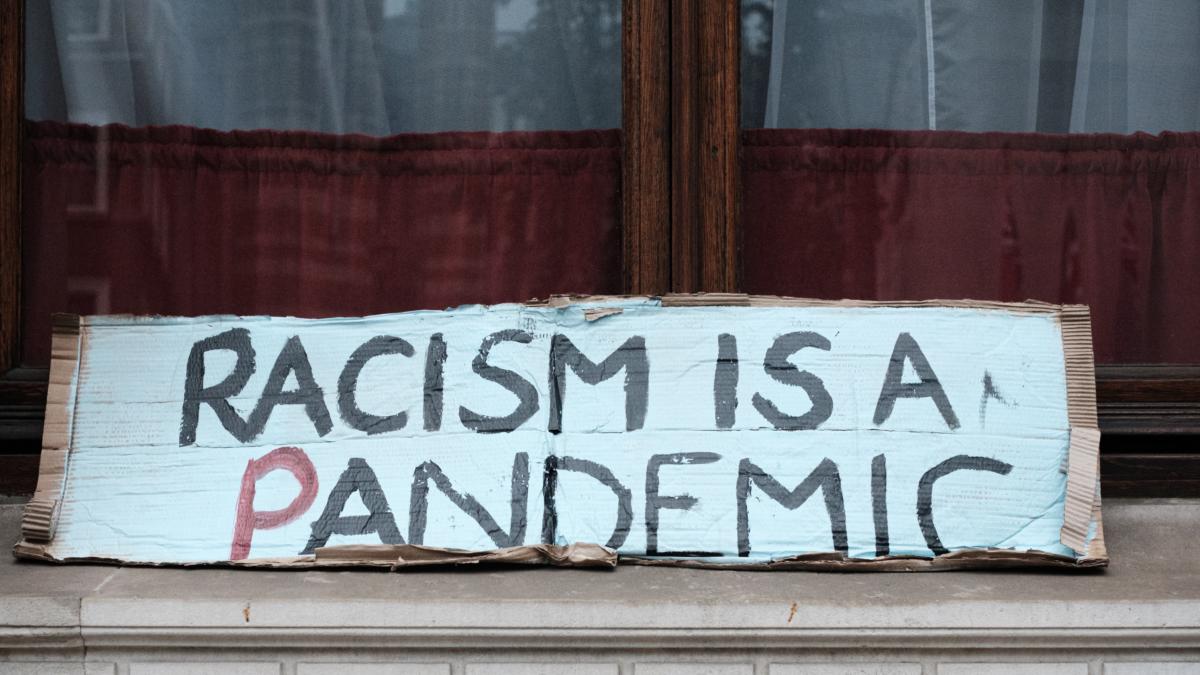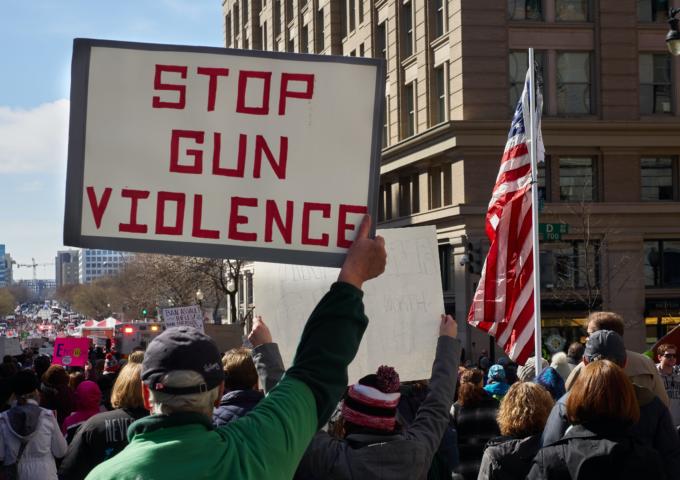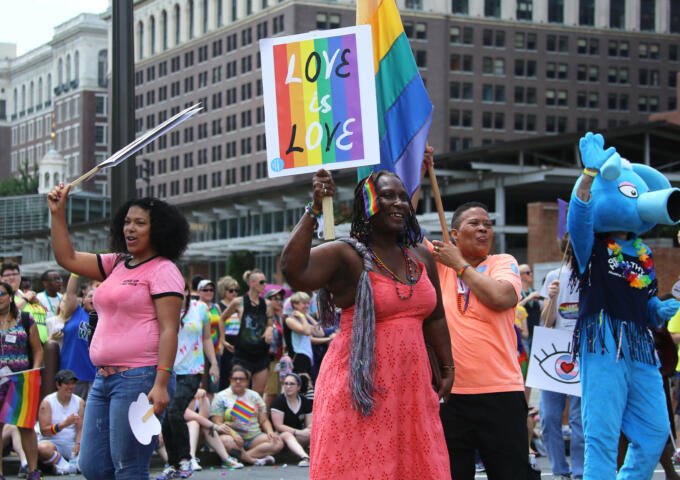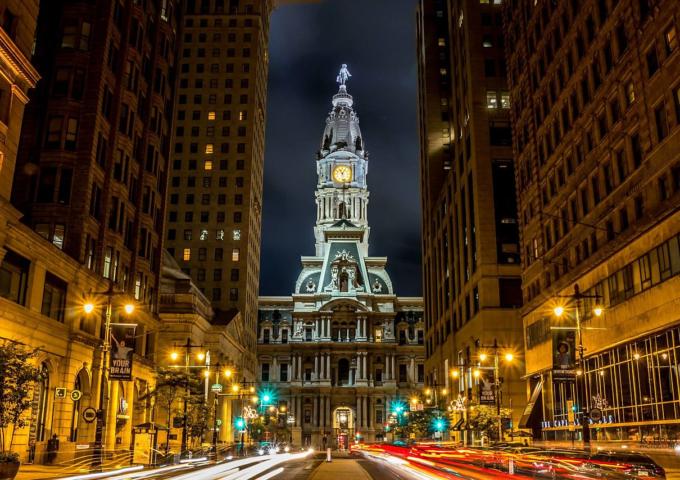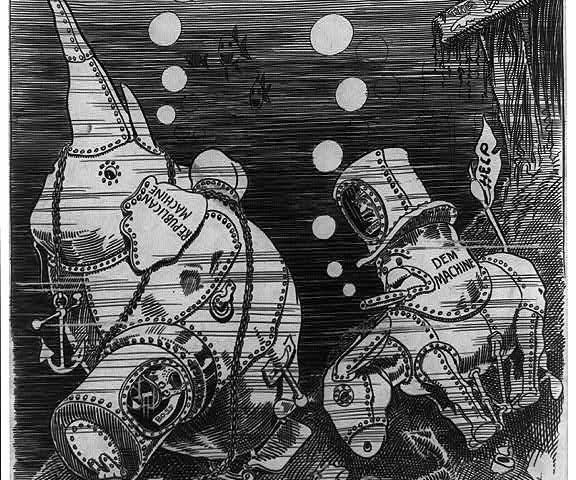The focus of city governments, colleges, and activists in recent years has shifted to diversity issues, yet almost every American city has become more segregated by race compared to a few decades ago.
That is the concerning conclusion of a report from the Othering & Belonging Institute at the University of California-Berkeley.
“Out of every metropolitan region in the United States with more than 200,000 residents, 81 percent (169 out of 209) were more segregated as of 2019 than they were in 1990,” writes Stephen Menendian, the Institute’s associate director and director of research.
Philadelphia, sadly, is not an outlier. City Council is repeating the same mistakes as most places, sitting on its hands as the problem festers. Philadelphia is the 9th most segregated city, according to the study.
The study is short on proposed solutions, preferring instead to explain the problem. But it does point in some specific directions. For one, it finds racial residential segregation, driven by the “redlining” of the past and exclusionary zoning restrictions of the present, to be a major issue. Those rules divided the city by race and now make it harder to build more housing. Thus, richer neighborhoods remain exclusive and local residents have the power to keep out any new construction they don’t like.
If the city is serious about expanding opportunity and reversing de facto racial segregation, our leaders need to legalize building more apartments across the city, not just in a few neighborhoods. Outdated zoning rules, burdensome license and permitting processes, and the ability of local groups to delay construction all tie up Philadelphia’s potential in a web of red tape.
Making rich neighborhoods like Society Hill off-limits to modest apartment buildings drives up rental prices and relegates new construction to poorer neighborhoods that aren’t organized enough to stop it. If city leaders were forward looking, they would realize that a growing city needs a growing housing stock—otherwise, only the rich can afford to stay.
The council’s apathy toward this basic economic problem shows the foolishness in giving councilmembers the prerogative to approve or veto local land-use decisions. It stops new residents from moving to the city, and it makes life harder for locals struggling to keep up with rent. The city has made it functionally illegal and economically impossible to build affordable housing, and then people complain that only “luxury housing” is built.
High rents are a serious problem on their own, but housing segregation causes more problems. It makes it harder for people to send their kids to good schools, get a good job, or have access to good health care. Crime is expected in “bad neighborhoods,” so it’s taken less seriously. When people can’t move to a safer, wealthier neighborhood, their quality of life is dramatically worse.
The problem is not so much gentrification as it is division. Philadelphia is a city recovering from decline after its peak. The best thing the city could do is make it easier to build all sorts of apartment buildings and housing units, attracting more capital and people whose creativity and wealth benefits established residents.
Change doesn’t have to destroy what already exists. Sometimes, it’s building four stories instead of three, adding a bus route for an overlooked neighborhood, or creating protected bike lanes. Other times, it’s refusing the absurdity that is downzoning areas like Girard Avenue, which Council President Darrell Clarke wants to do. Clarke hides behind vague “recent community concerns” over development, as his spokesman told WHYY’s Ryan Briggs. But to downzone Girard is to embrace stagnation. Girard is a major traffic corridor: Adding buildings more than three stories high should be seen as a priority, not a tragedy.
A six-unit or eight-unit corner apartment building isn’t destructive of neighborhood character—it’s a sign of a better future. They should be more common across the city and not shuffled off to the periphery.
If Philadelphia’s leaders want to take diversity and opportunity seriously, they need to take a hard look at the status quo. Demanding people ask for permission to better their lives and the city is a recipe for disaster. Rising costs and neighborhood inequality is a red flag; if city leaders ignore the problem, Philly will self-sabotage its bright future.
